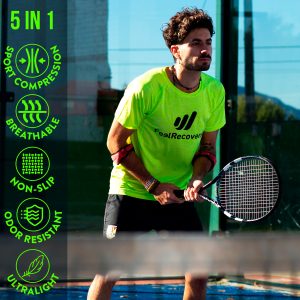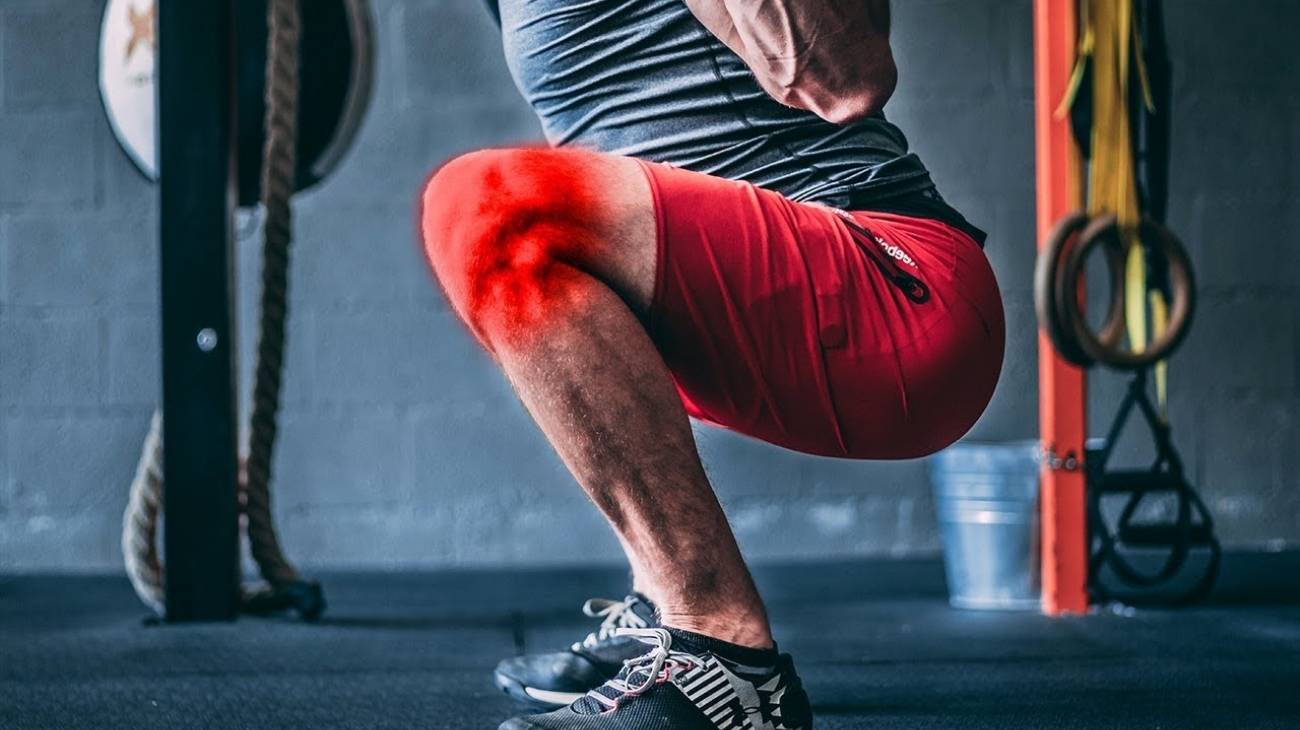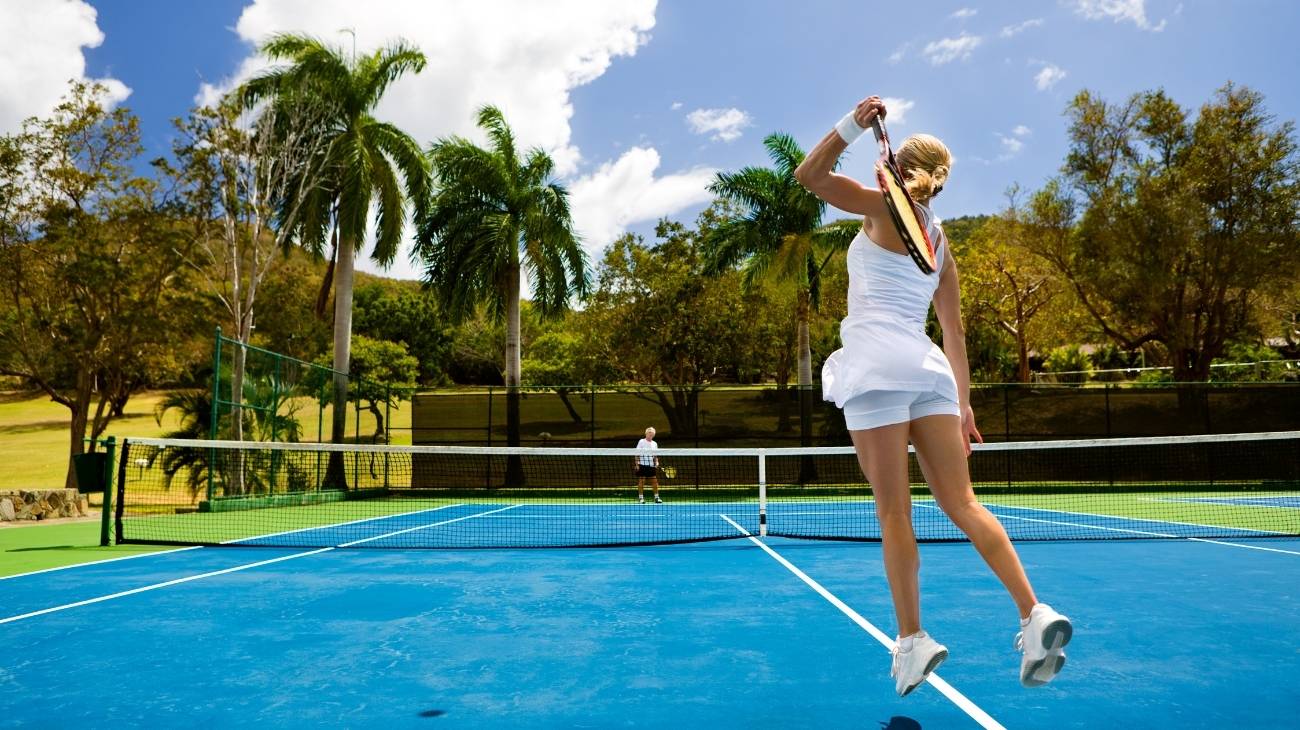The elbow is made up of three different bones: the humerus, the ulna and the radius. These bones are enclosed in the same joint capsule and therefore, this structure has several tendons which are the fibrous cords that are responsible for linking the muscles to the bones to help move the elbow joint, in this case.
However, the outer covering of the tendons is vascularised and can experience inflammation which, if it becomes acute, leads to tendonitis in the area. One of the most common elbow injuries, therefore, is lateral epicondylitis or what is known as "tennis elbow" and in view of its frequency, it is worth knowing what it is and the importance of using a compression elbow brace to cure it.
What are the symptoms of elbow tendonitis?
As we mentioned at the beginning of the post, the elbow joint is made up of three bones: the humerus (or arm bone), the radius and the ulna (or the bones of the forearm). By nature, on the lower part of the humerus, there are bony protuberances that are called "epicondyles" and therefore, the bone protuberance that is located on the outside (lateral side) of the elbow, is known as "lateral epicondyle".
Thus, tendonitis of the elbow, lateral epicondylitis or tennis elbow, is a joint pathology that involves the muscles and tendons of the forearm, which are responsible for holding the elbow joint together, together with the ligaments. This is a type of injury caused by inflammation of the tendons due to microfibrillar ruptures in the muscles, which mostly occur due to repeated wrist extension and supination movements of the forearm.
Tendonitis in the elbow is caused by different risk factors which are summarised as follows:
- Overuse of the joint.
- Playing sports: Frequently playing tennis or other racquet sports,
- Sports habits: Performing poor warm-up or stretching before training, and
- Twisting movements: Performing an activity that involves repetitive twisting of the wrist (e.g., using a screwdriver).
- Repetitive movements: Performing improper striking techniques, using a computer keyboard and long motorbike rides.
As a consequence, elbow tendinitis presents a clinical picture based on the following signs and symptoms:
- Local pain in the elbow: Usually starts suddenly and then develops gradually over time until it becomes acute (if not treated in time).
- Pain or discomfort that spreads from the elbow to the forearm: This increases if the patient picks up items, shakes hands with another person, practises certain sports skills, etc.
- Mild inflammation: There may be swelling in the area.
- Stiffness in the elbow and hands: This is a symptom that causes mobility problems in the joints.
- Loss of strength: Unfortunately, the forearm is affected by the strength deficit.
- Redness and sensation of heat: Sometimes, the patient may manifest this sign in the elbow and/or its adjacent parts.
Bestseller
What are the benefits of using an elbow brace or compression band to treat elbow tendonitis?
In general, to relieve elbow tendinitis, after diagnosis, the medical specialist prescribes a medical treatment based on oral or topical analgesics and anti-inflammatory drugs to attenuate the main discomfort caused by the injury.
It is also vital to make use of compression therapy in the area. This is a technique that focuses on using a type of elastic device to exert controlled pressure on the affected area. This element adjusts the walls of the veins to regulate blood flow and improve circulatory speed in order to trigger a sedative effect that reduces the symptoms of an elbow injury.
Compression elbow braces guarantee the following benefits:
- Relieve elbow pain caused by tendinitis.
- Minimise the inflammation or swelling that occurs.
- Promote mobility of the joint in the shortest possible time.
- Minimise stress on the tendons, ligaments and muscles around the elbow and wrist.
- To optimise the blood supply to the elbow and forearm region.
- To promote autonomy of the elbow after the impact it has suffered.
- To provide security to carry out activities following the healing of the pathology.
- Preventing the dislocation of other more severe conditions involving the elbow.
- To limit the possible muscular contractions that may occur.
- To guarantee the greatest possible comfort for the user.
What type of sports elbow braces and bands are the best for epicondylitis or tennis elbow?
Without any reference, choosing a compression elbow brace to promote elbow rehabilitation after lateral epicondylitis is certainly difficult. Since there are numerous alternatives available on the market and if the user does not know the most relevant characteristics that must be met, it is possible that he/she will buy an ineffective accessory to treat the injury he/she has suffered.
Therefore, since elbow sleeves can serve several functions, first of all, it is appropriate to verify that it is designed to treat tennis elbow (or other similar pathology).
The choice of the ideal compression elbow brace for this treatment should be subject to characteristics such as:
- The specific function it fulfils.
- The material of manufacture.
- Its dimensions.
- Its design.
Tennis elbow epicondylitis band
An epicondylitis band or strap is defined as a garment that is used to soothe tennis elbow (or epicondylitis) which refers to the inflammation of the tendon of the muscles that are part of the functioning of the elbow. Thanks to its own characteristics to minimise the main symptoms of this pathology, it is the best option available for the treatment of this pathology.
Generally, the epicondylitis band is recommended to relieve pain, to obtain an anti-inflammatory effect and to keep the affected area warm in order to accelerate the recovery process of elbow injuries. Whereas, thanks to the controlled force it exerts on the elbow, the fibres of the joint are brought back to their normal state to restore mobility.
Compression sports elbow brace
Another garment capable of attenuating the effects of epicondylitis in the elbow. Consequently, most weightlifters, basketball and tennis players choose to wear them during their activities, as well as when they are injured. Thus, they are devices that stand out for their ability to improve and prevent various injuries. Whereas, they provide the appropriate level of support to optimise blood flow, relieve pain and eliminate swelling.
One of the most important features to consider when choosing a compression sports elbow brace is that it should be resistant to wear and tear, as this will ensure durability. Another suggestion to consider is the design or size of the textile device in order to ensure that it performs a correct compression (without presenting a poor support or affecting the blood flow).






















